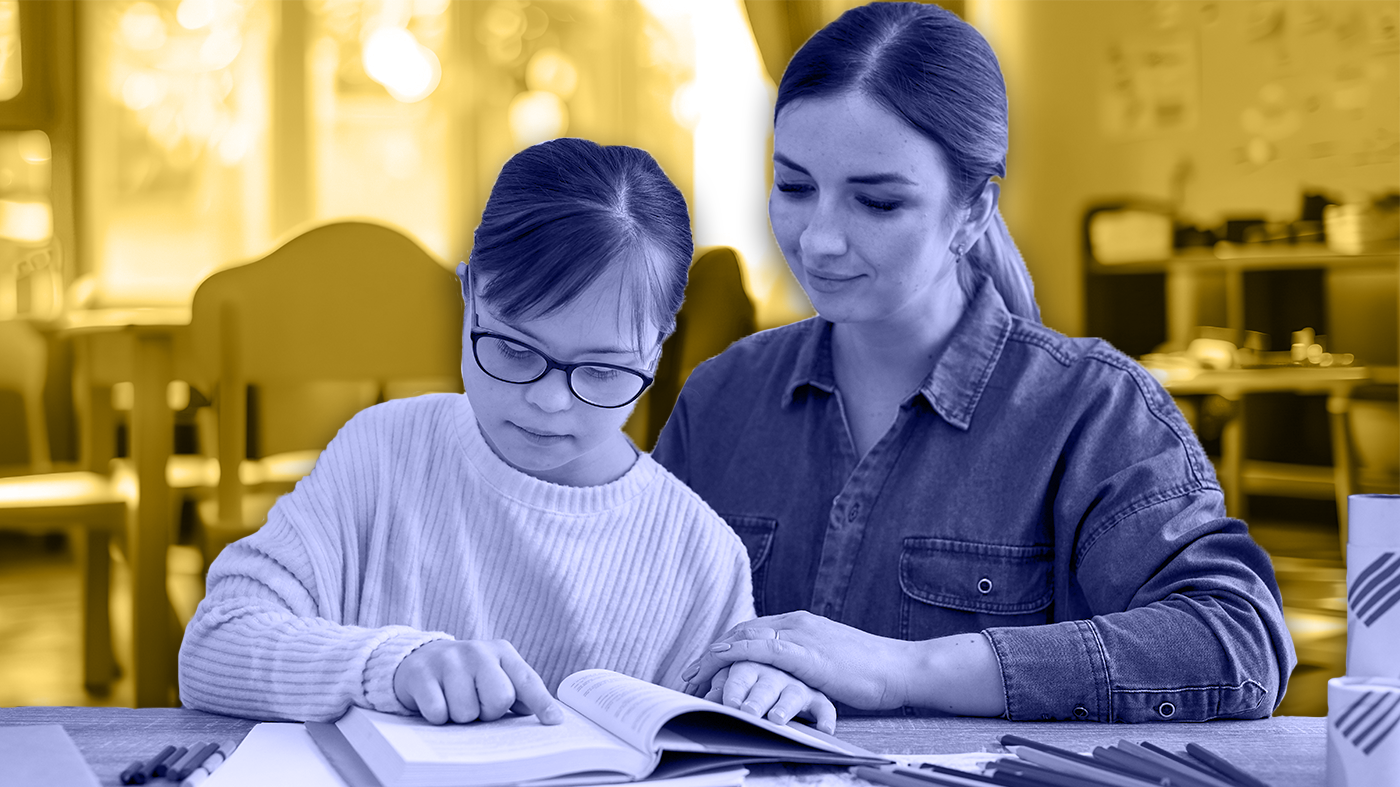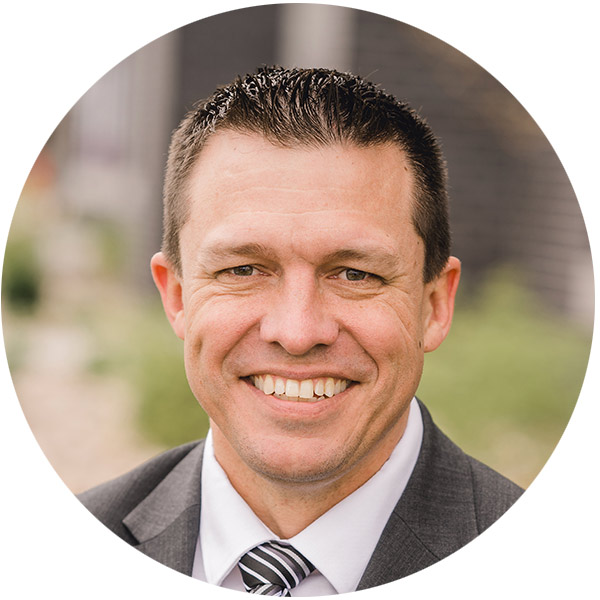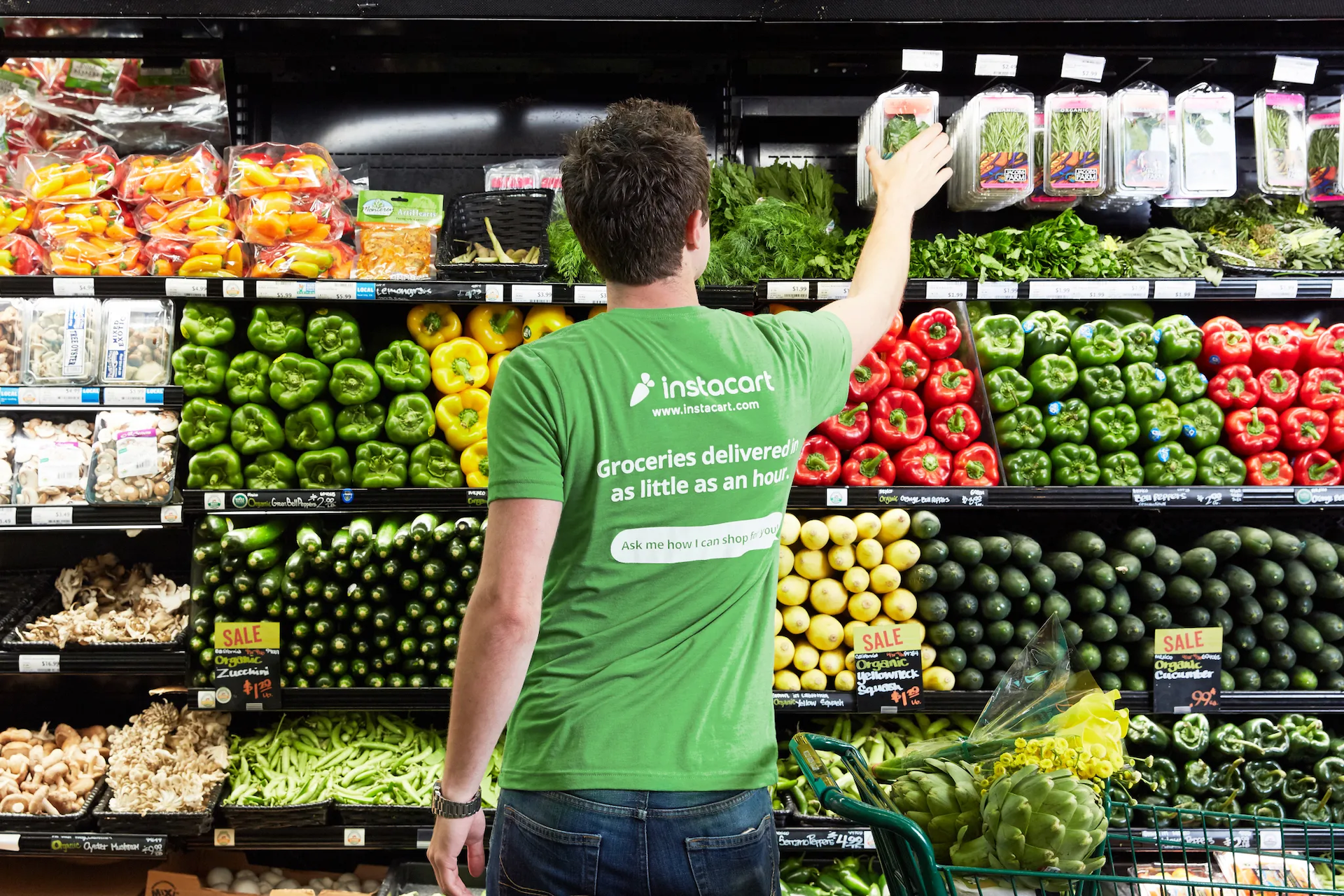It’s no secret, the public education system is struggling. Student engagement is at an all-time low. Less than half of middle and high schoolers say their schools challenge them or give them opportunities to excel at what they do best. At the same time, chronic absenteeism is skyrocketing, with more than a quarter of students missing 10% or more of the school year in 2022-2023. Families continue to find alternatives, growing the enrollment of their competitors. These issues are symptoms of a system that feels increasingly outdated for both students and educators.
Public schools must adapt, and fast. The future of education is here and there are many promising models public schools can choose.
A System in Crisis
The traditional school model hasn’t changed much in decades, but the world has. Students are expected to navigate an increasingly dynamic and complex future, yet many find the education system irrelevant to their goals. The lack of connection between the real world and what students are learning is a major reason they disengage. When kids don’t see value in their education, they tune out—or worse, drop out.
The problem isn’t just with students. Teachers are burning out in droves, with only 18% reporting job satisfaction according to an EdWeek survey. The rigid structures of the traditional school system leave little room for creativity, collaboration, or meaningful connection with students. Teachers want to make a difference, but outdated systems hold them back.
Hybrid Schools: A Promising Example
Hybrid schools provide one way forward. Schools like Canyon Grove Academy in Pleasant Grove, Utah, blend in-person and at-home learning to create a flexible and personalized education model. At Canyon Grove, students attend school one day per week and spend the rest of their time learning at home with guidance from teachers and resources provided by the school. This hybrid approach allows students to learn at their own pace while still benefiting from in-person support and community.

Teachers at hybrid schools report high job satisfaction, with more control over how they spend their time and fewer constraints from rigid schedules. Students, in turn, experience a more engaging and relevant education, which helps combat the disengagement and absenteeism plaguing traditional schools.
But hybrid schooling isn’t the only way to innovate.
Thinking Beyond the Traditional Classroom
Public schools have countless opportunities to rethink how they serve students and families. For example, schools could create microschools within their districts—small, focused learning communities that offer a more personalized and supportive environment. Microschools could cater to specific interests, such as STEM, the arts, or outdoor education, allowing students to dive deeply into their passions.
Another option is rethinking grade-level grouping and seat-time requirements. Some districts are already experimenting with competency-based learning, where students advance based on what they’ve mastered rather than how much time they’ve spent in a classroom. This approach lets students who grasp material quickly move ahead while giving others the time they need to fully understand the subject. Many private microschools already do this.
Public schools could partner with local businesses and organizations to provide real-world learning opportunities, such as internships, apprenticeships, and project-based education. These experiences make learning more relevant to students’ lives and prepare them for life after graduation.
Empowering Teachers to Lead the Way
Teachers must be at the center of any effort to reinvent public schools. They need more flexibility to focus on what truly matters—building relationships with students, designing meaningful learning experiences, and fostering curiosity and critical thinking.
One way to achieve this is by modernizing the teaching role. Team-based teaching, where educators work together to support students, is already being implemented in some districts. Giving teachers more opportunities for collaboration, professional growth, and leadership can make their jobs more rewarding and sustainable.
Northwest Middle School in Salt Lake City has started doing this creating Harry Potter-style “houses” to improve behavior, attendance, and academics.
Building Schools for the Future
The pandemic accelerated the demand for educational options, showing that families want more choice and flexibility. Public schools have an opportunity to meet this demand by offering a variety of innovative models.
It’s not about replacing traditional schools entirely. It’s about giving students and families more pathways to success. Hybrid schools, microschools, competency-based learning, and real-world experiences are just a few examples of how public education can evolve.
The Time to Act is Now
Change is never easy, but it’s necessary. Public schools now face a pivotal choice: adapt or become irrelevant. Parents want options that meet their child’s needs, and if traditional schools don’t deliver, the problems they face will continue to grow, and families will continue looking for alternatives.






